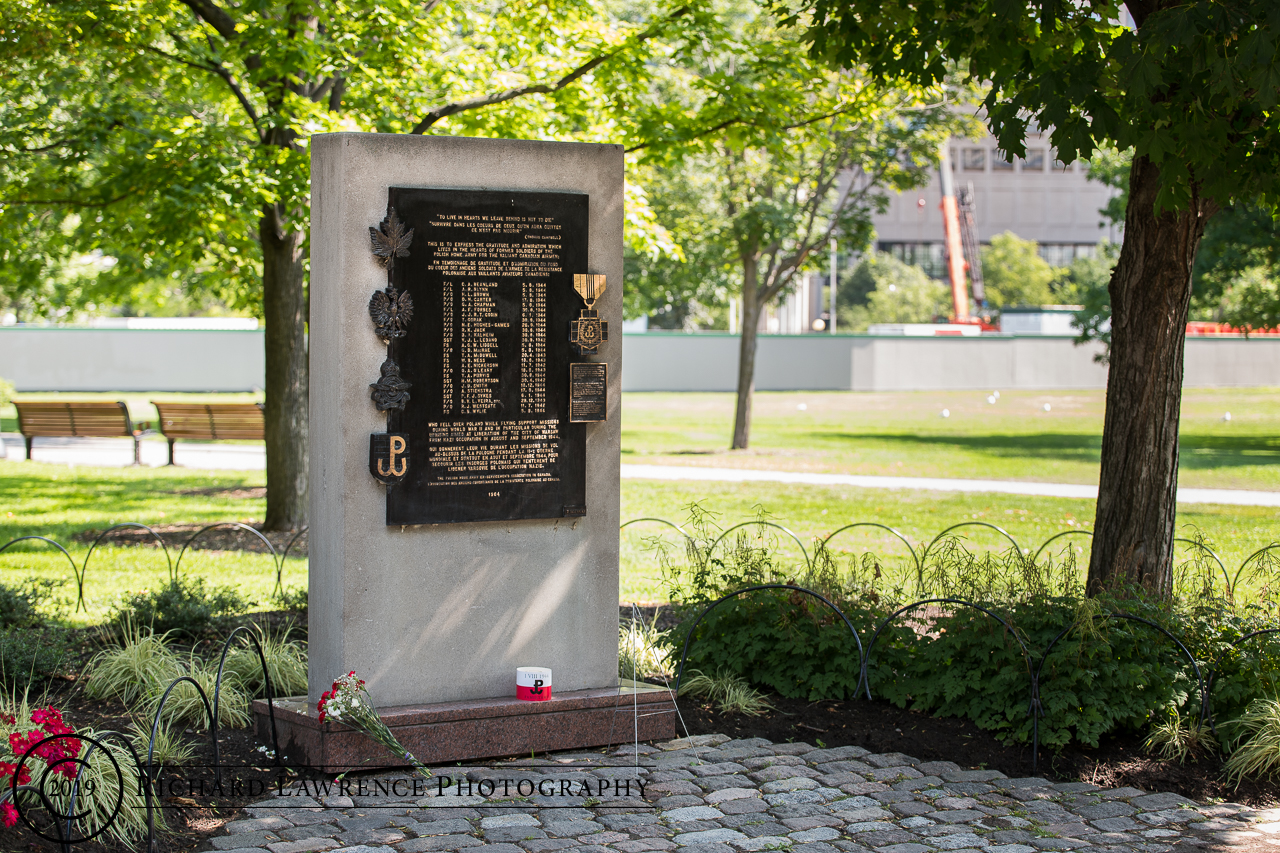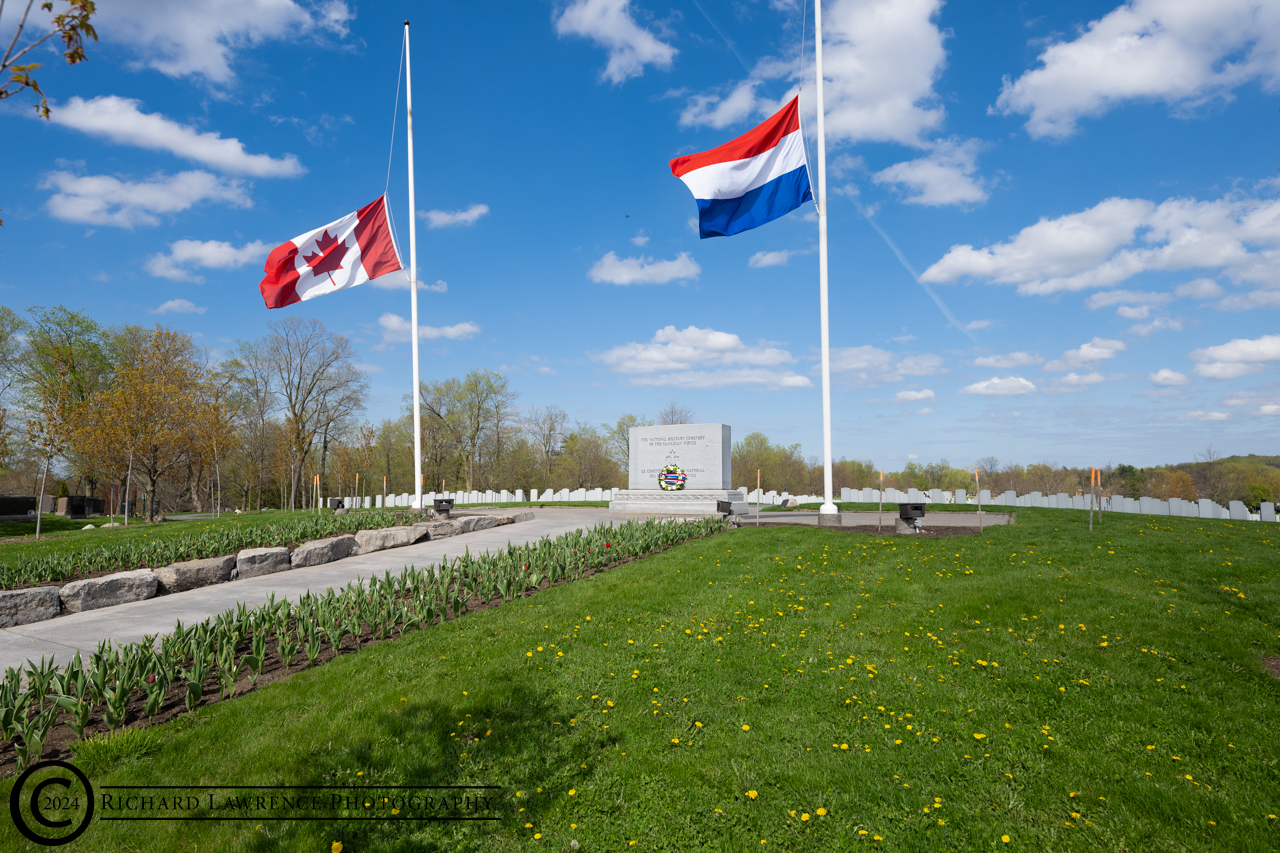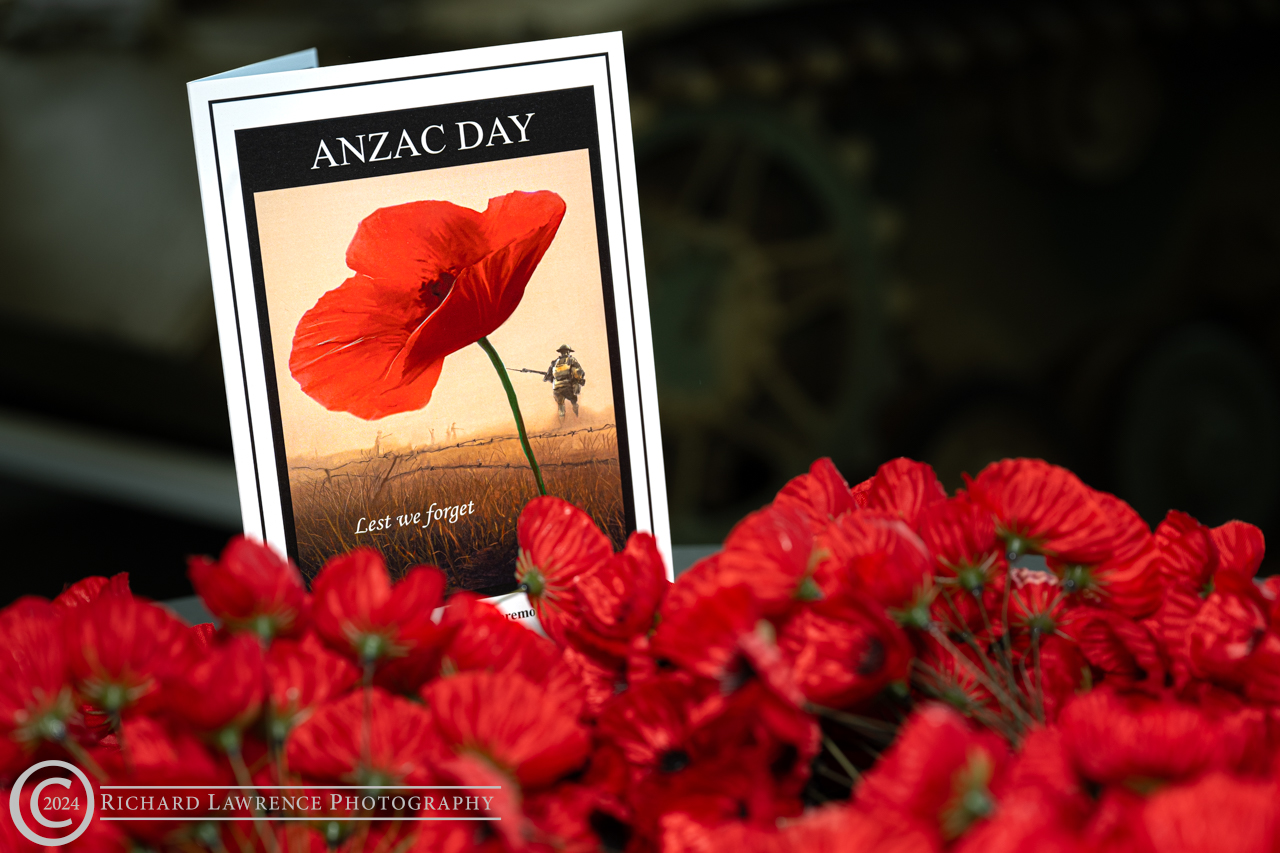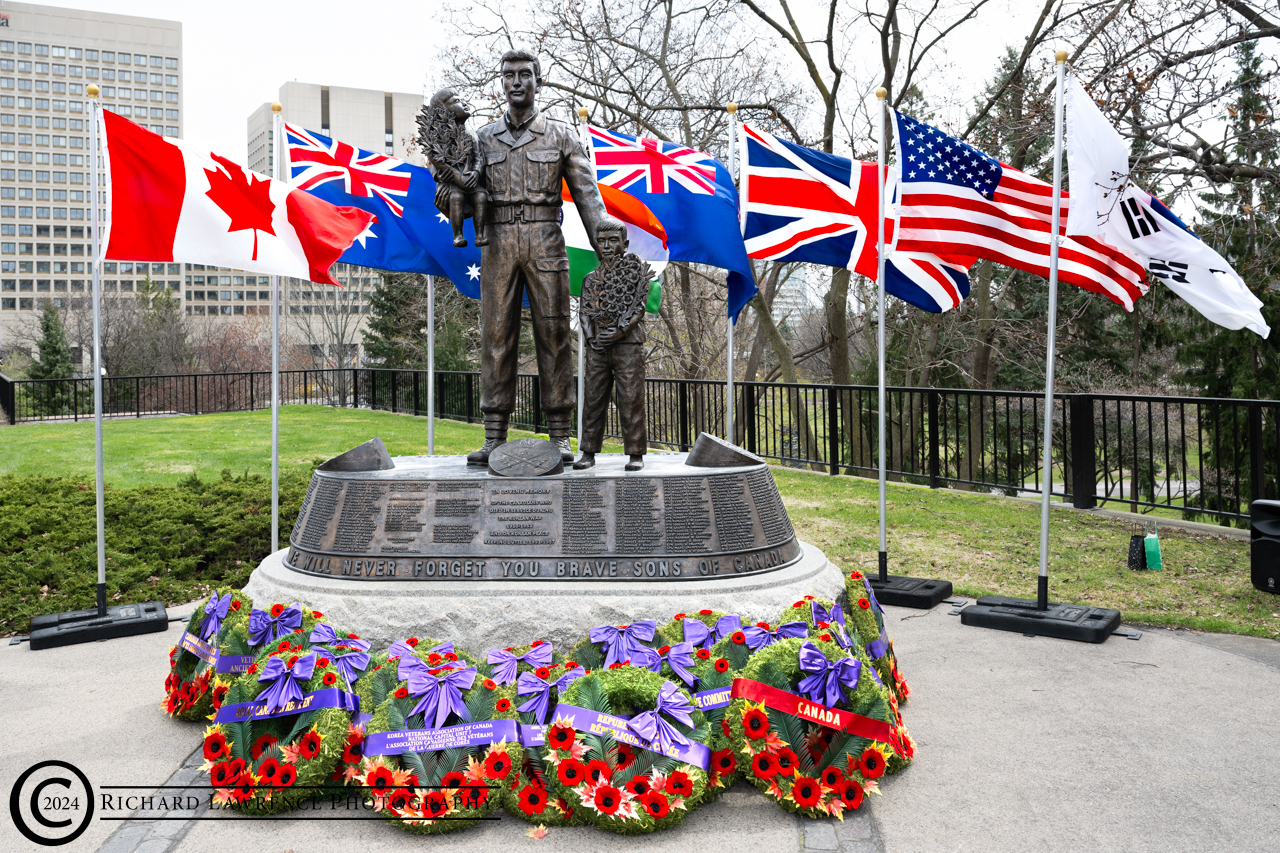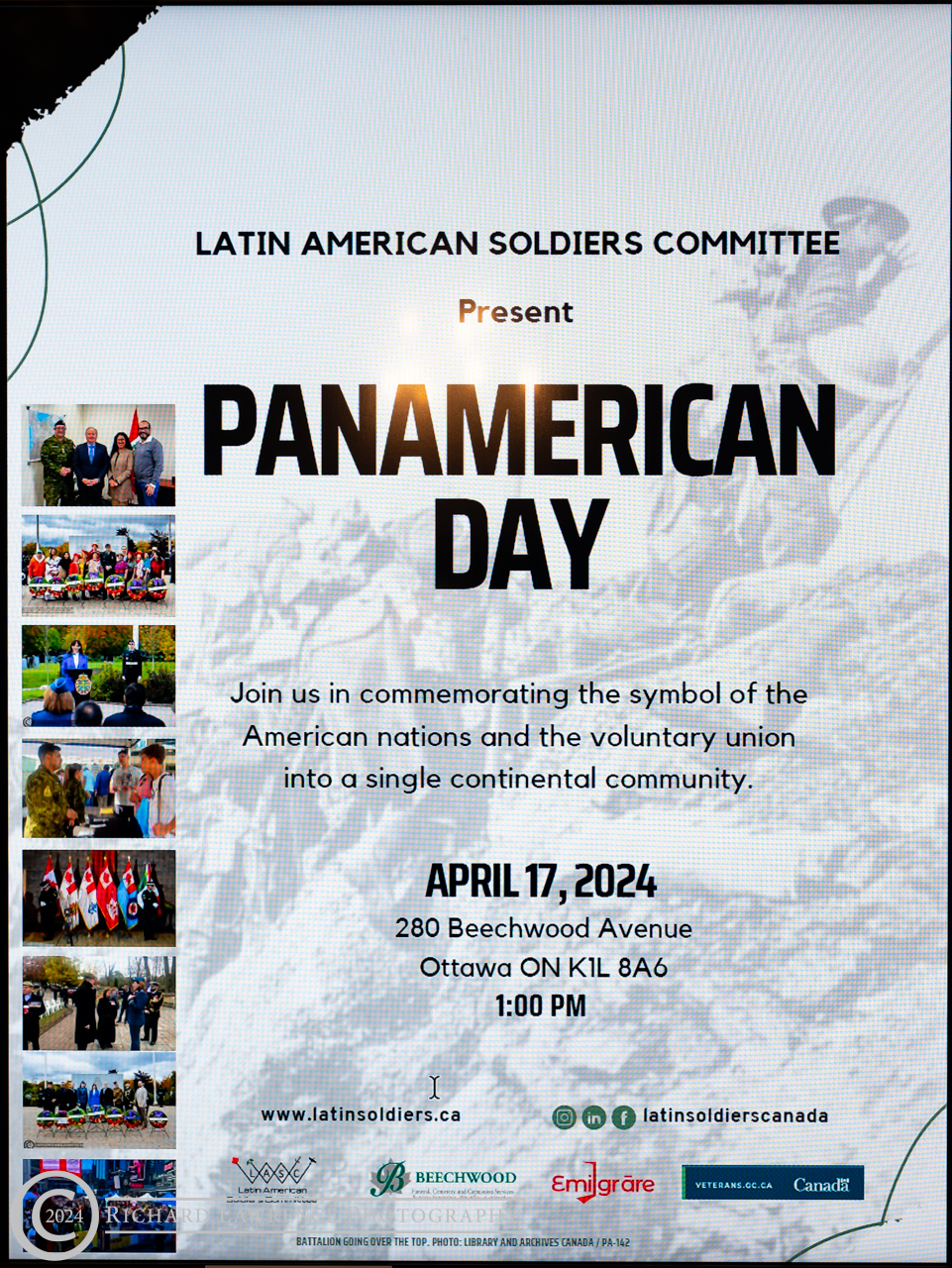On 1st August, 1944, the Polish resistance, along with the Polish Home Army (PHA), started what is known as the Warsaw Uprising (1944) to force the German Army out of Warsaw, Poland. All that summer, the forces of the Soviet Union had been pushing westward and by end July were poised on the outskirts of Warsaw to clear them out. The Germans were retreating and the Soviets were advancing and the time was ripe for the Polish people to make their contribution to the Allies in winning the war. At 1700 hours largest act of resistance in the war began.
Now, some things should be put in context. The first objective of the resistance/PHA was to expel the Germans from the city. However, there was a second, political objective of installing a legitimate Polish government in power before the Soviet-backed Polish Committee of National Liberation could assume power and that is why it was important to launch the uprising prior to the Soviets actually getting into the city. On the Soviet side, Stalin knew that he would have great troubles controlling the country after it was liberated so it was in his interests to see as much of the resistance/PHA destroyed before sending the Germans home. Stalin said of the resistance that they were “…a handful of criminals” and “… enemies of the Soviet Union” and used this as justification for his inaction following the start of the Uprising. While biding his time, he also decided that it was more advantages to occupy Eastern Europe than to thrust into Germany, so he left the Poles to fight and die.
In effect, the Uprising started and the Poles, with little ammunition, food, or other supplies, were forcing the Germans back while capturing strategic infrastructure. Then, they waited for assistance from the Soviets but none was forthcoming. Soviet tanks were withdrawn, no supplies were offered, no air cover was provided, and radio pleas were ignored. The Germans, in the meantime, managed to re-supply and reinforce and came back into the city with a vengeance, as destroying Warsaw had been one of Hitler’s objectives before the war and Himmler now saw the opportunity. The fighting was brutal hand-to-hand, building-to-building, with the Poles losing irreplaceable soldiers and running out of food and ammunition while the Germans continued to reinforce. Still nothing from the Soviets.
Churchill saw what was happening and pleaded with Stalin to allow the Allies to airlift in supplies but Stalin declined to allow the Allies access to airfields in Soviet held territory. Churchill, undeterred, ordered the RAF to airlift supplies from bases in the UK and Italy and 223 low-level supply lifts were carried out during which the RAF lost 34 aircraft (the Warsaw Airlift). From bases in Italy, the RAF left at night and flew over 1300 kilometers to Poland where they had to do their drops during daylight and then fly home over German occupied territories, all without fighter escort. The Germans knew they were coming and had fighters and AAA batteries lined up all the way. There was also a night-fighter school along the incoming route that provided no end of problems. In the end, the limited amount of supplies that got through, and the Soviet intransigence, spelled the end of the Uprising and a capitulation was signed on 2nd October, 1944.
The Polish losses during the Uprising were large, in part because at the start the Germans decided not to take prisoners but to shoot anyone captured (until an agreement was reached to treat the Poles as combatants). About 25% of the city was destroyed during the uprising with estimates of up to 16,000 resistance/PHA killed, 6,000 wounded, and 15,000 prisoners of war. After the capitulation, the entire civilian population was expelled from the city with an estimated 90,000 sent to labour camps, 60,000 sent to death/concentration camps, and the rest relocated. Once emptied, the Germans destroyed another 35% of the city which, with previous damage during the war, left Warsaw approximately 85% destroyed.
Once Poland became independent again (1989), all of the lost Canadian airmen were located, except for one aircraft – a Halifax bomber. In 2002 information led to its location near Tarnow, Poland, where it had been shot down on its way back to southern Italy after delivering its load of ammunition and arms. It was crewed by four Canadians and two British airmen.
In Confederation Park, Ottawa, there is a large plaque, erected in 1964 by the Polish Home Army Ex-Servicemen’s Association of Canada, dedicated to the memory of 26 Canadian airmen who flew with the Polish Home Army while flying support missions during World War II, including the Uprising. In 1993, when the airmen were posthumously awarded the Polish Home Army Cross, a bronze replica and a small plaque with inscription were added. All this is preamble to the remembrance ceremony that was held on 1st August, 2019, in Confederation Park in front of this plaque, to commemorate the 75th Anniversary of the Warsaw Uprising.
Attending was the Polish Ambassador of the Republic of Poland, H.E. Andrzej Kurnicki, his Defence Liaison Capt(N) Krzysztof Ksiazek, representatives from the Polish Boy Scouts and the Girl Guides, the Polish Combatants Association (Chapter 8-Ottawa), and most importantly, Ms. Ewa Konopacki. Ms. Konopacki, a small, slight woman, fought with the Polish Home Army during the Uprising and is the recipient of Poland’s highest military decoration (Virtuti Militari) for “… heroism and courage in the face of the enemy at war” and may be the oldest surviving member of the conflict. The Ambassador, Ms. Konopacki, and Veterans Affairs laid wreaths in commemoration of both those lost in the Uprising and those Canadian airmen who risked so much to aid the Poles.
To see all the pictures, CLICK HERE
=========================================================
